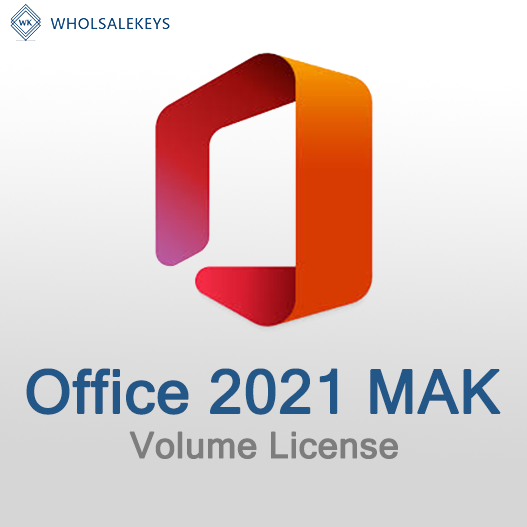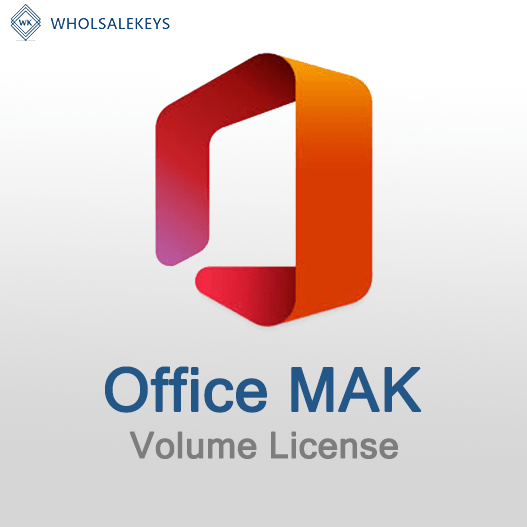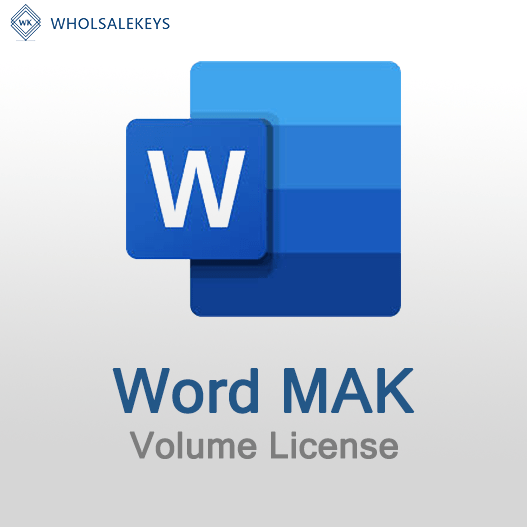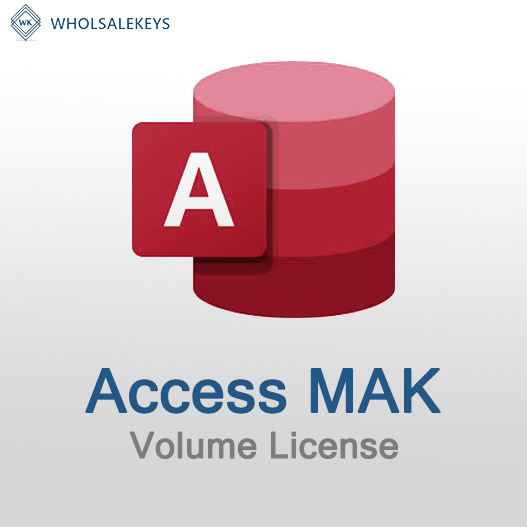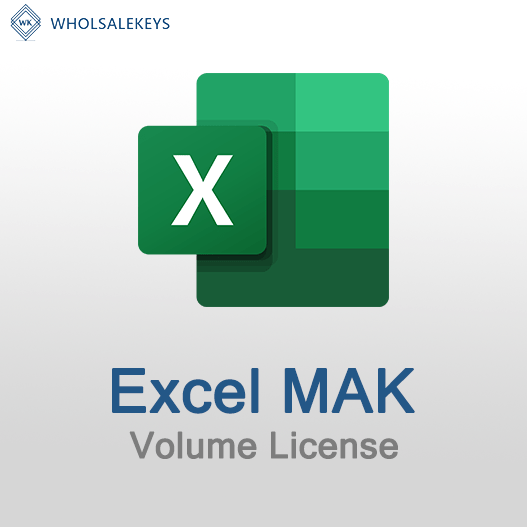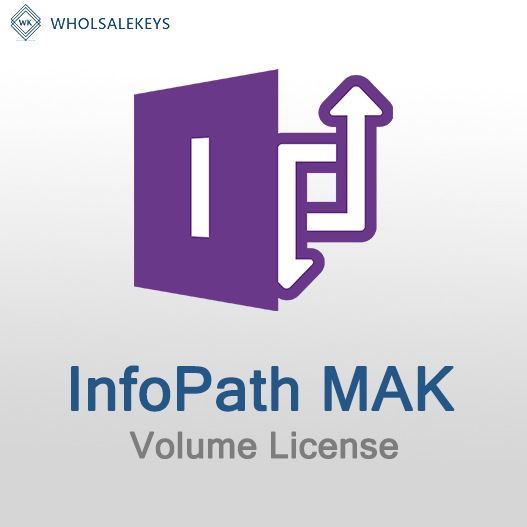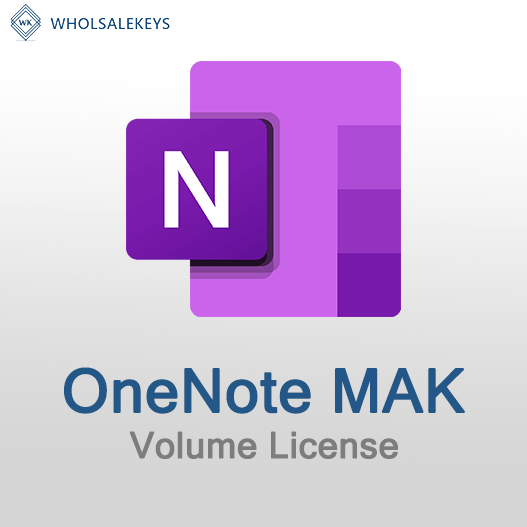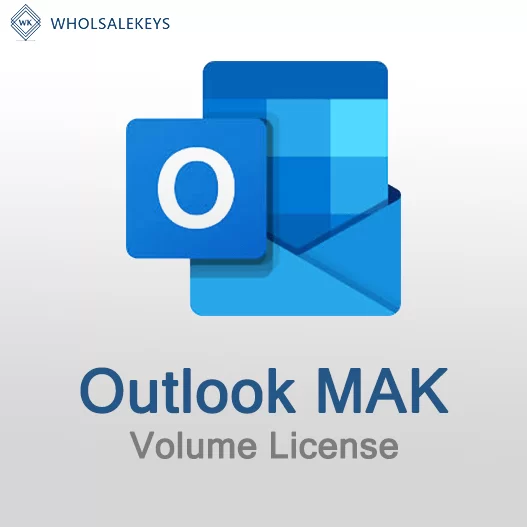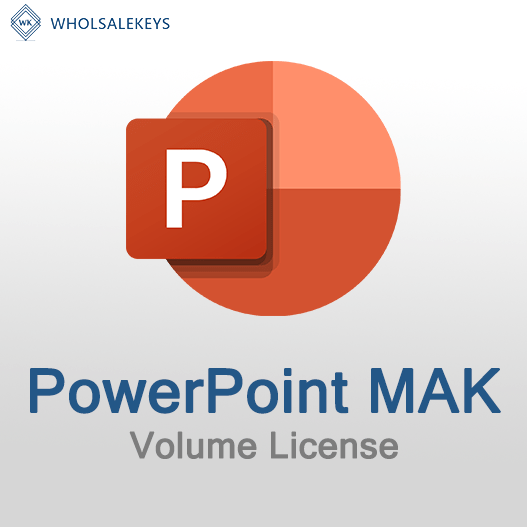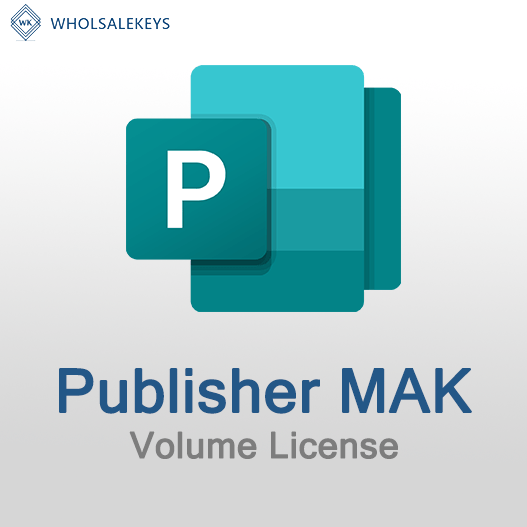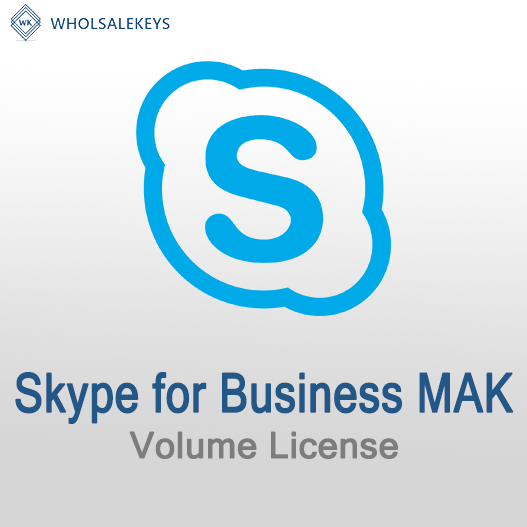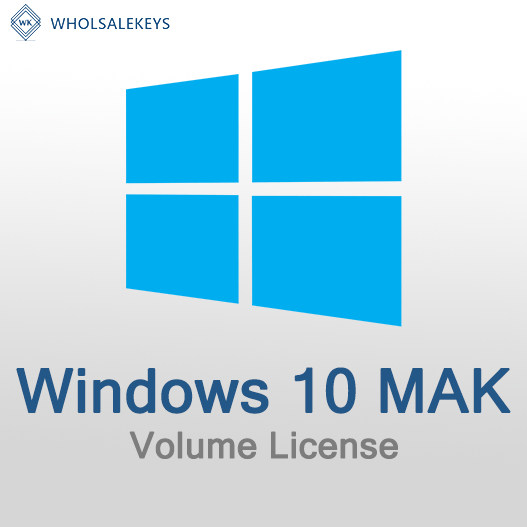Home » Comparison: MAK vs. Active Directory-Based Activation (ADBA)
Comparison: MAK vs. Active Directory-Based Activation (ADBA)
Selecting the right activation method is essential for efficient software management in organizations. Two prominent activation methods, Multiple Activation Keys (MAK) and Active Directory-Based Activation (ADBA), offer distinct features and benefits. In this guide, we’ll compare MAK and ADBA to help you choose the ideal activation method for your organization.
Understanding MAK Activation
- Individual Key: Each device is activated individually using a unique MAK key provided by Microsoft.
- Offline Activation: MAK activation doesn’t require real-time internet access, making it suitable for environments with limited connectivity.
- Control: IT administrators have direct control over the activation process and can ensure compliance with licensing agreements.
- Activation Count: Each MAK key comes with a predefined activation count, which decreases with each activation.
Understanding Active Directory-Based Activation (ADBA)
- Centralized Activation: Devices within the organization are activated through the Active Directory infrastructure, eliminating the need for individual keys.
- Online Activation: ADBA activation requires devices to have connectivity to the organization’s Active Directory domain controller.
- Automatic Activation: Devices on the network automatically activate when they connect to the domain controller, simplifying the activation process.
- Ideal for Large Networks: ADBA is well-suited for organizations with a significant number of devices, providing scalability and ease of management.
Choosing Between MAK and ADBA Activation
Consider MAK Activation When:
- Control and Compliance: When you require strict control over the activation process and compliance assurance, MAK activation offers direct control.
- Limited Connectivity: In environments with limited or no internet connectivity, MAK activation is a viable choice.
- Smaller Deployments: For organizations with a limited number of devices, MAK activation simplifies management.
Consider ADBA Activation When:
- Centralized Management: ADBA is suitable for organizations that prefer centralized activation and management of devices, particularly in large networks.
- Scalability: If your organization anticipates growth and requires activation across numerous devices, ADBA provides scalability.
- Automatic Activation: ADBA activation streamlines the activation process, especially in networked environments.
Best Practices
- Assessment: Conduct a thorough assessment of your organization’s network, device count, and control requirements to determine the most suitable activation method.
- Budget Planning: Consider budget constraints and long-term software activation needs when making your decision.
- Consultation: Consult with Microsoft licensing experts or authorized resellers for guidance in choosing the right activation model.
In conclusion, the choice between MAK and ADBA activation methods hinges on your organization’s unique needs and circumstances. By understanding the differences and considering your specific requirements, you can make an informed decision that optimizes software activation and management.
Recent posts
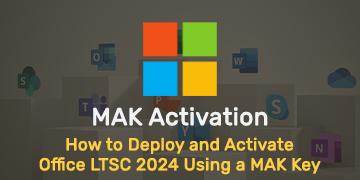
How to Deploy and Activate Office LTSC 2024 Using a MAK Key
Explore advanced Excel features and functionalities to enhance data analysis, visualization, and automation for improved productivity.
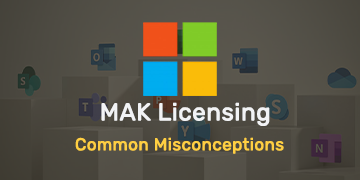
Common Misconceptions About MAK Licensing
Clarify misconceptions surrounding Multiple Activation Key (MAK) licensing with expert insights and accurate information.
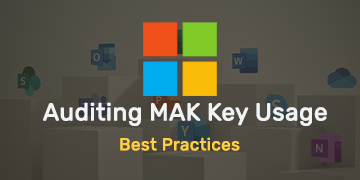
Auditing MAK Key Usage: Best Practices
Learn effective methods and best practices for auditing Multiple Activation Key (MAK) usage to maintain licensing compliance.
